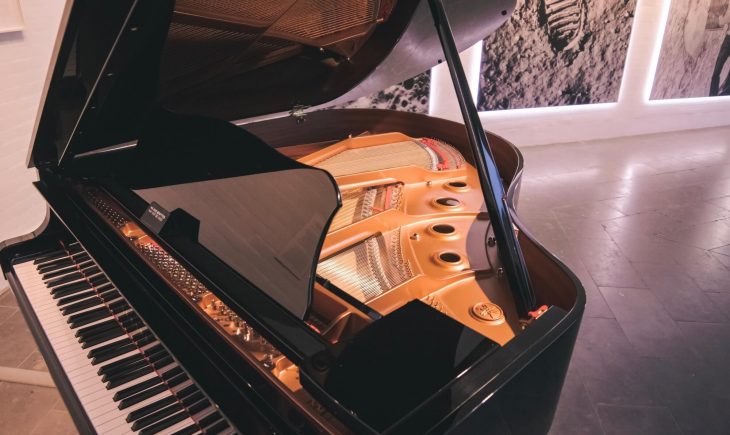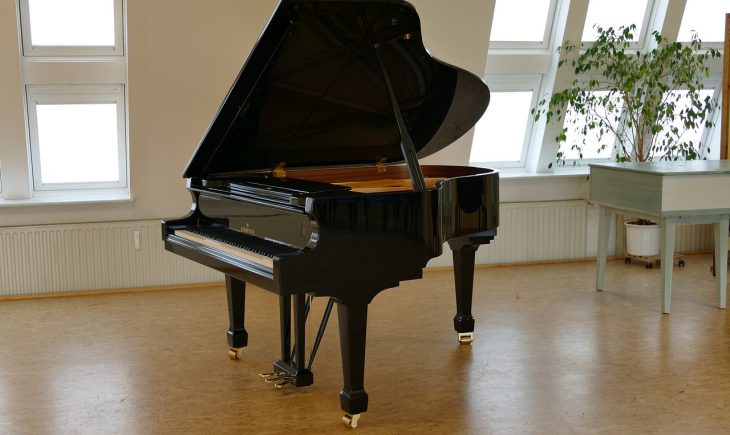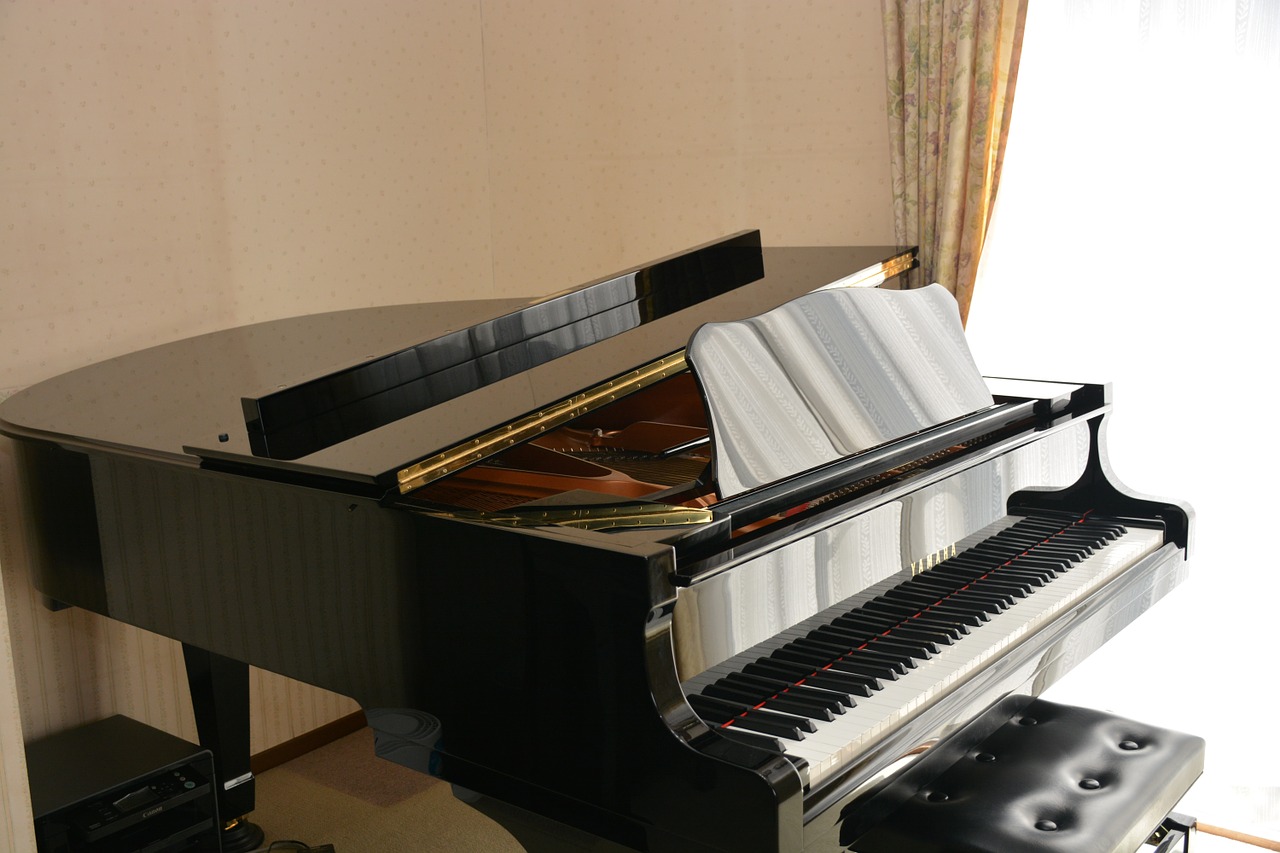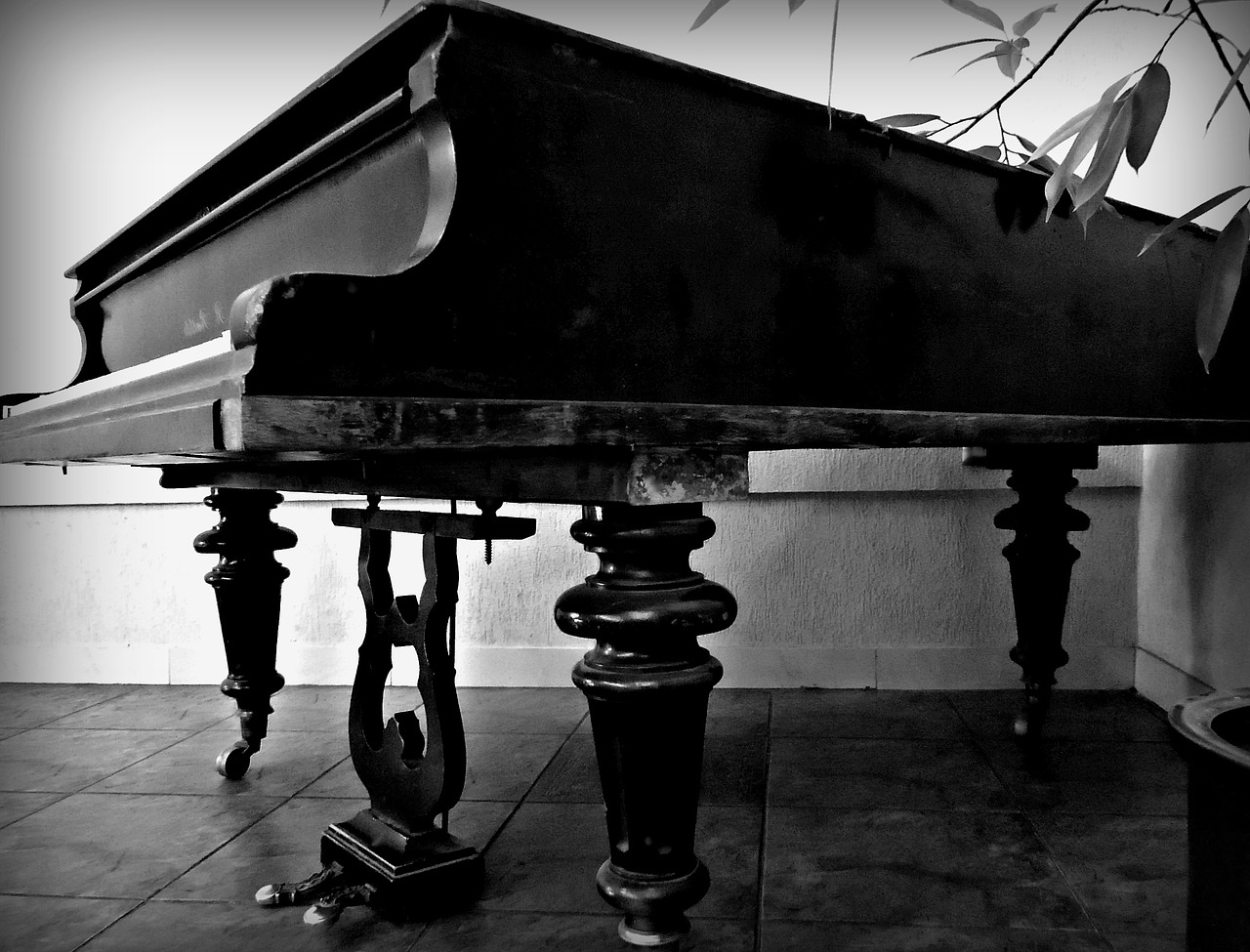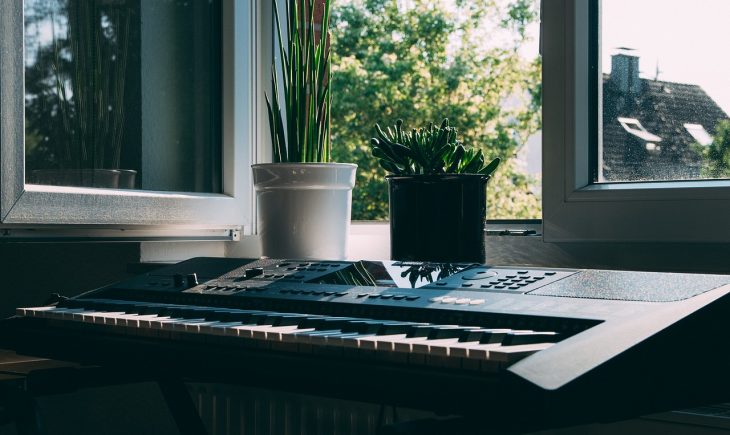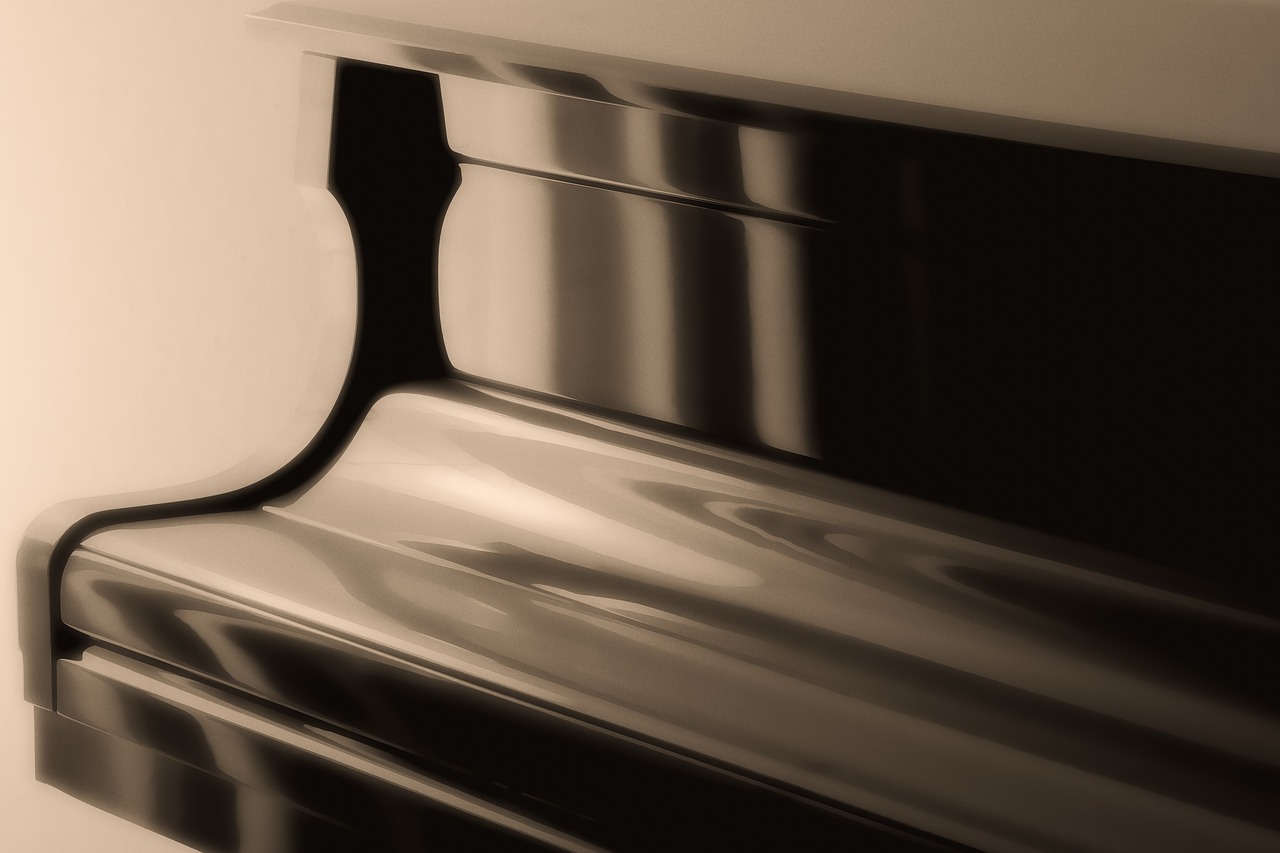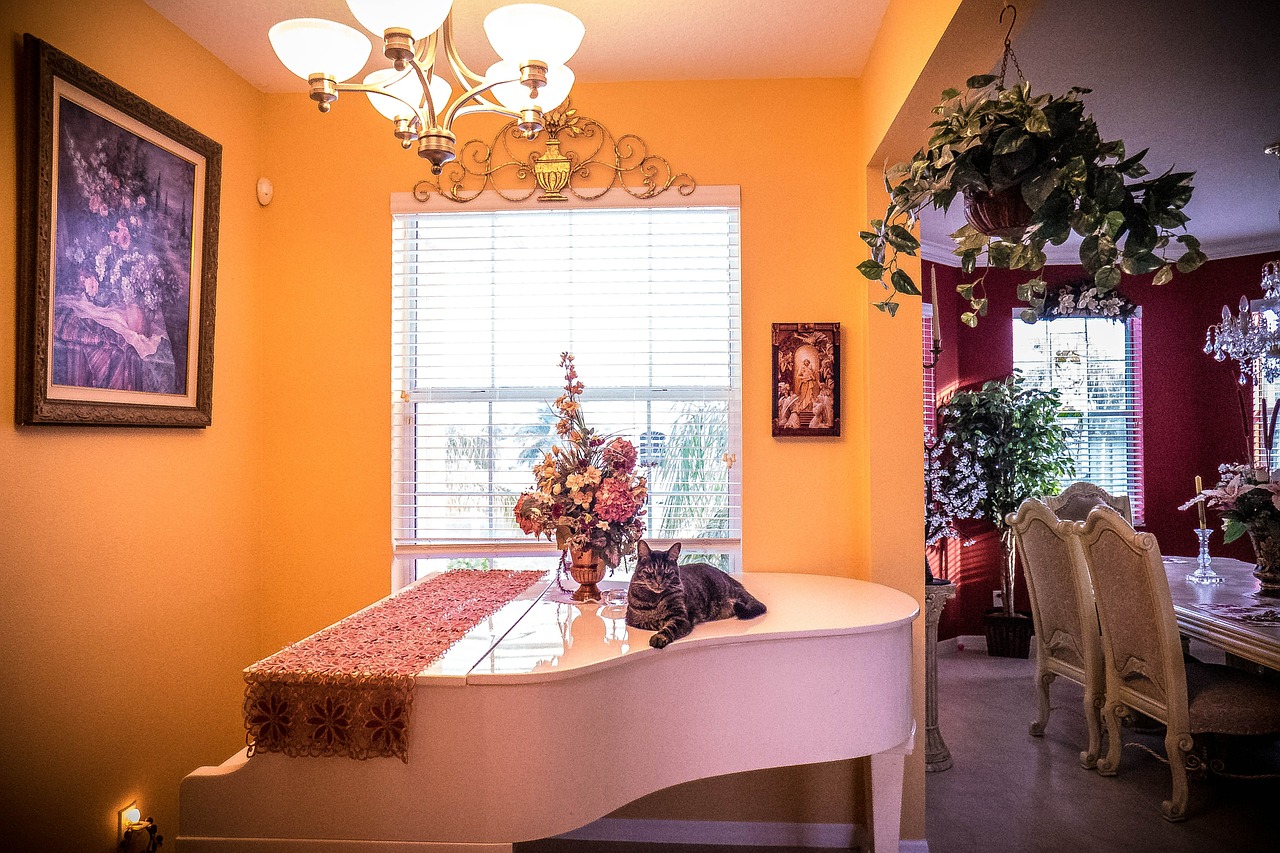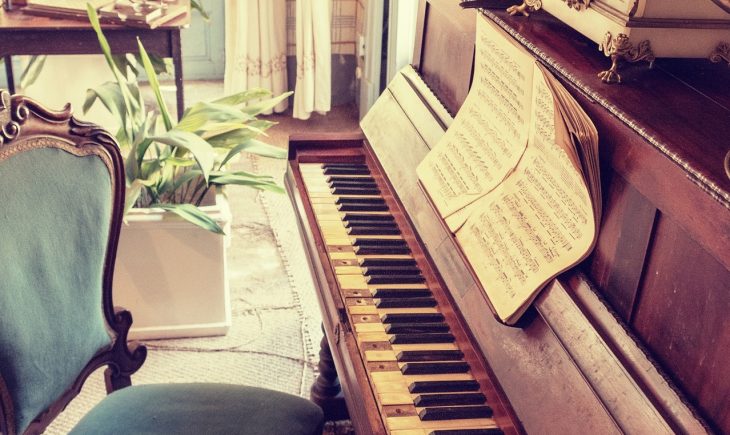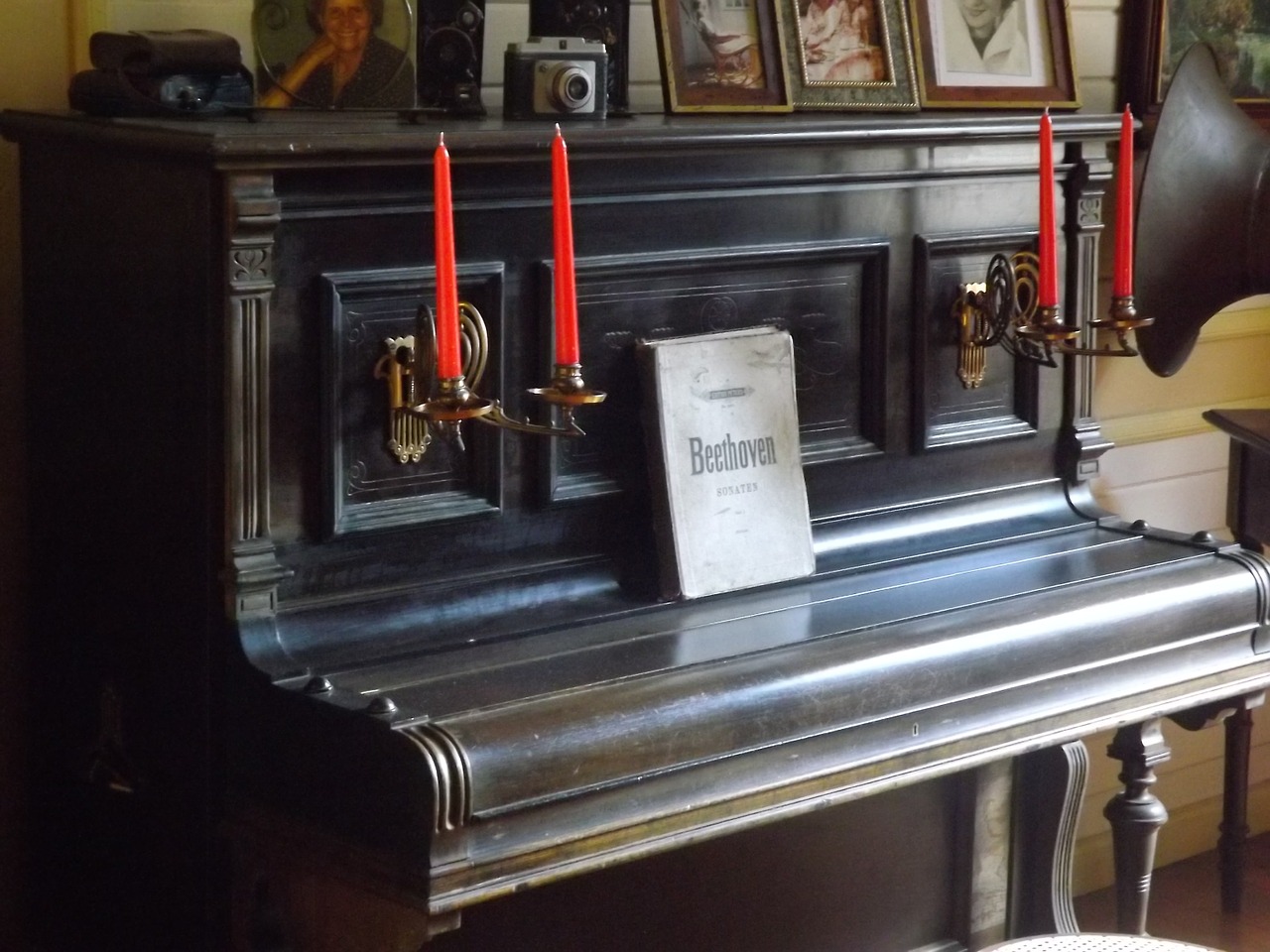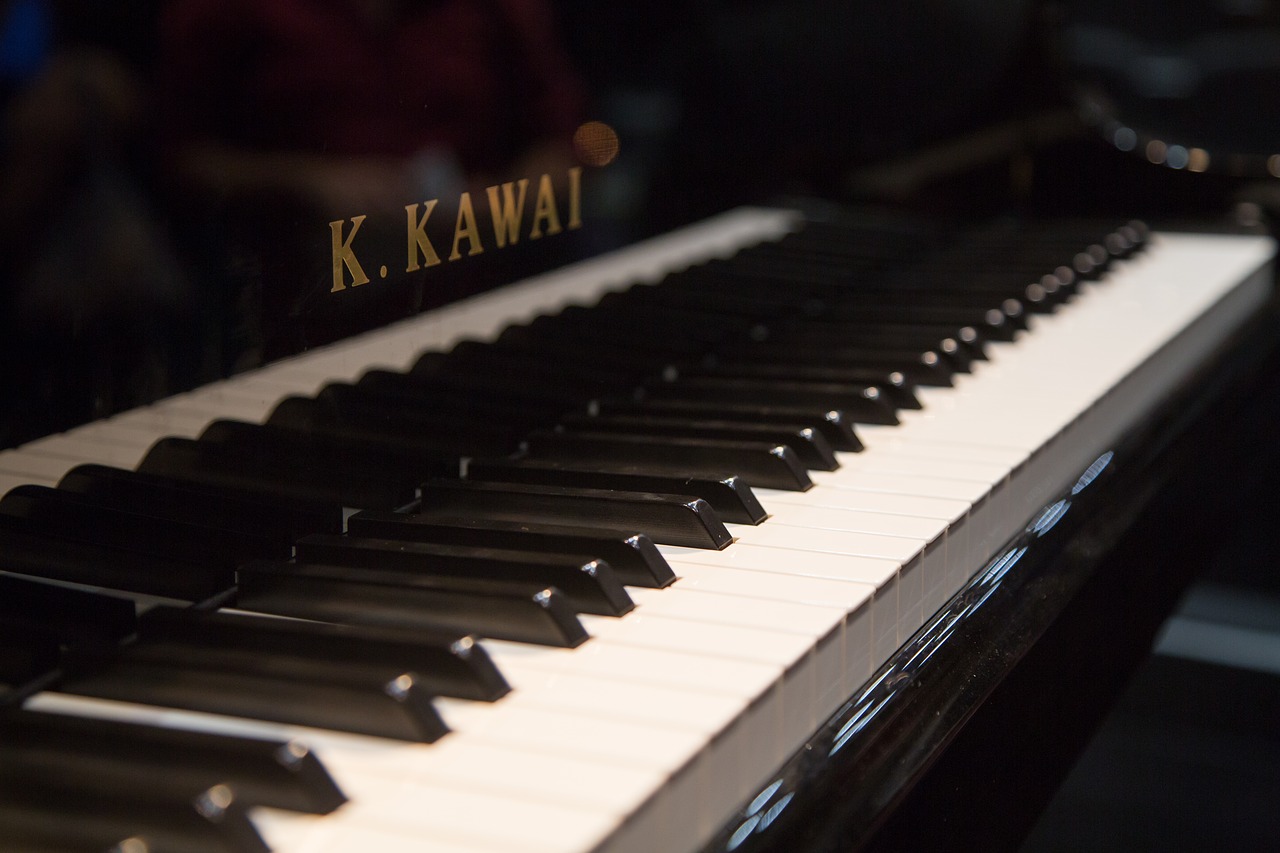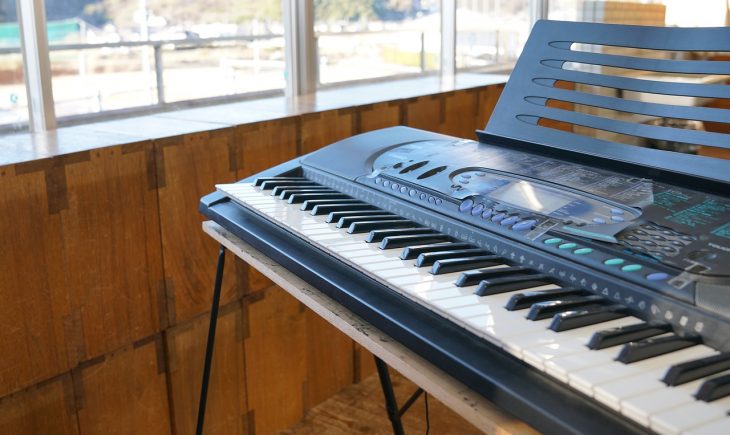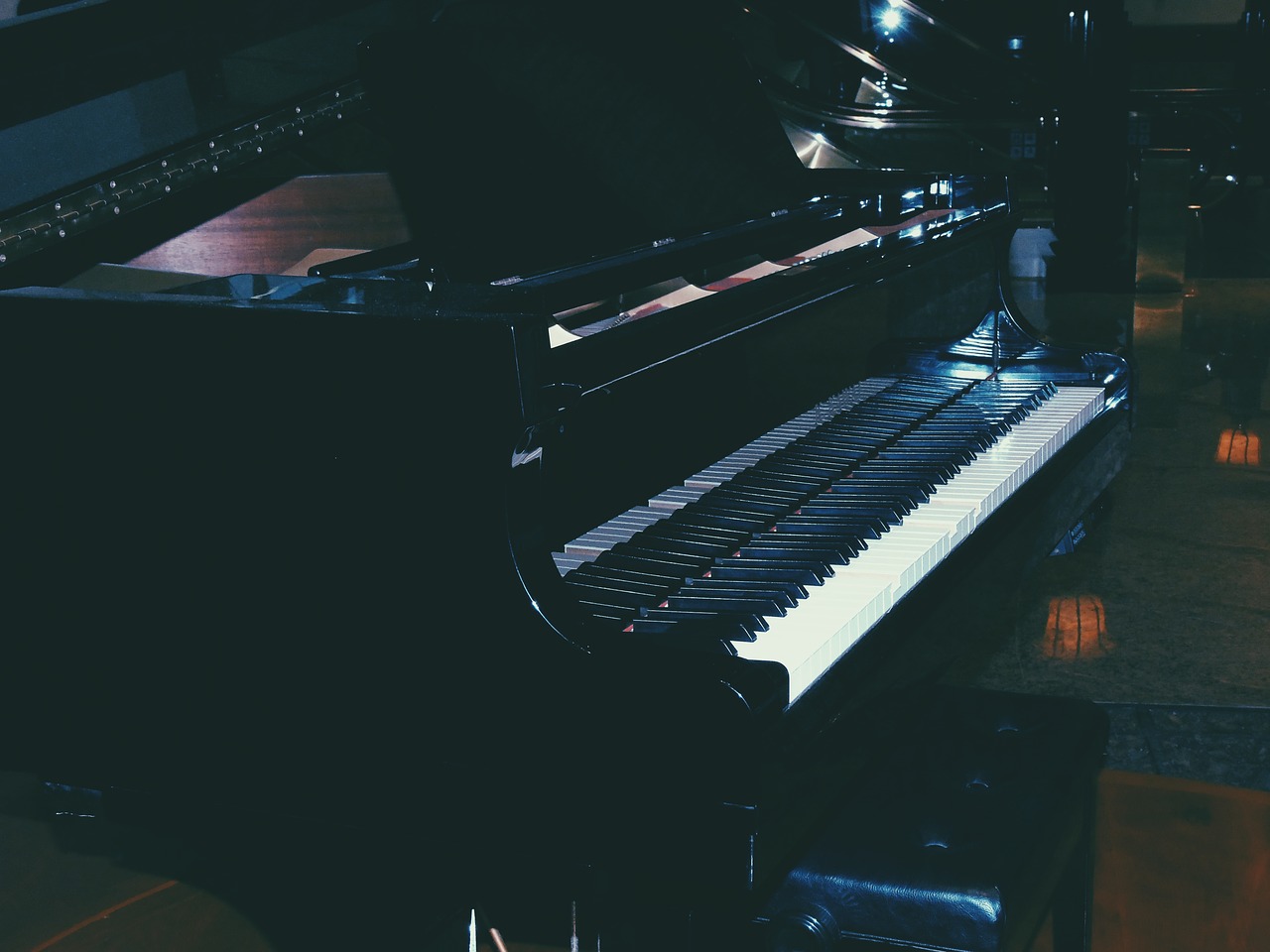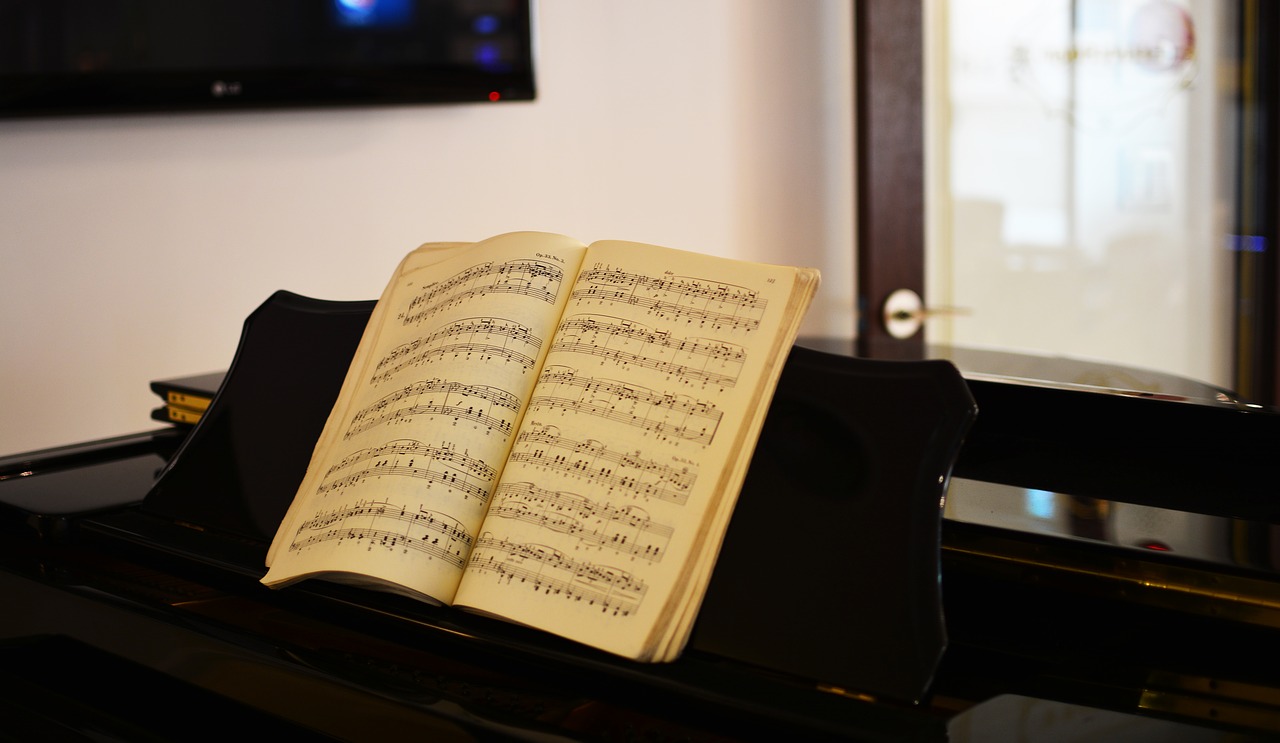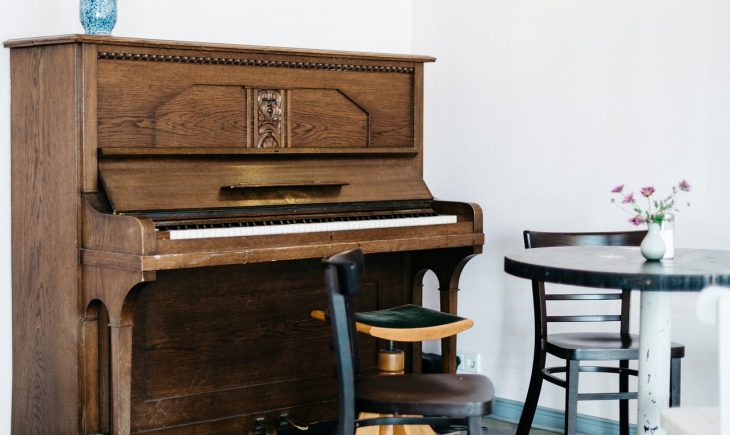Moving is never easy, but when there’s a large, bulky, and unusual item like a piano, the task becomes an even more complicated challenge. Hire a piano mover to eliminate stress and enjoy a plethora of additional perks that simplify the entire move. Read below for more information regarding professional piano movers and the importance of having them on your side when relocating this precious item.
1. Avoid Damage
Some inexpensive pianos cost thousands of dollars, a price many consider anything but cheap. Other piano brands and models, like the expensive Steinway piano, may come with an $80,000+ price tag. Damaging this kind of possession is a devastating experience for any owner, though it’s one that is easily avoidable if professionals handle the removal process. They have all the necessary equipment, including piano moving knowledge, to avoid such a mishap.
2. Avoid Injury
Without proper tools, equipment, and a team of 4 – 6 men, moving a piano may result in a variety of types of injuries that send you to the emergency room for treatment. Did you know that a piano may weigh as much as 1,000-pounds? That’s a considerable amount of weight to pick up and move! Why spend your time in a hospital when there is a new home out there for you to enjoy? Professionals ensure you’re at the new house without any painful or life-altering injuries.
3. Save Time
Moving is a job you want to finish as quickly as possible. Piano movers certainly alleviate some of the time that it takes to relocate to the new home or business since they provide all of the items needed to complete the job. They have trained movers to move a piano and know how to safely strap and place it in the moving truck to prevent damages. Professional movers save an abundance of time when you want nothing more than to relocate and enjoy life at your new location.
4. Moving Truck
Maybe you have a team of family and friends assembled to move the piano. Where will you put it to transport to the new location? Don’t expect this item to fit inside the back of a pickup truck or a traditional rented truck. According to Imperial Movers, pianos need specialized containers and protective equipment to move to their new location safely, and piano movers provide you with everything you need for the move.
5. Peace of Mind
Moving experts know how to relocate you from one location to the next without the frustrations you’d experience attempting to move it yourself. You deserve that comfort at this time in your life. Moving is a big deal that offers many new exciting days in your life. With the help provided by a moving company, you’re sure to get that satisfaction.
Find a Professional Piano Moving Company Today
The advantages of hiring a piano mover are extensive, although there’s far more to appreciate than what’s listed above. No matter the size, brand, or style of the piano you’re moving, don’t do it alone or with a friend and take unfortunate risks. Professional piano moving service is reasonably priced and designed to eliminate those moving headaches you’d otherwise endure.


